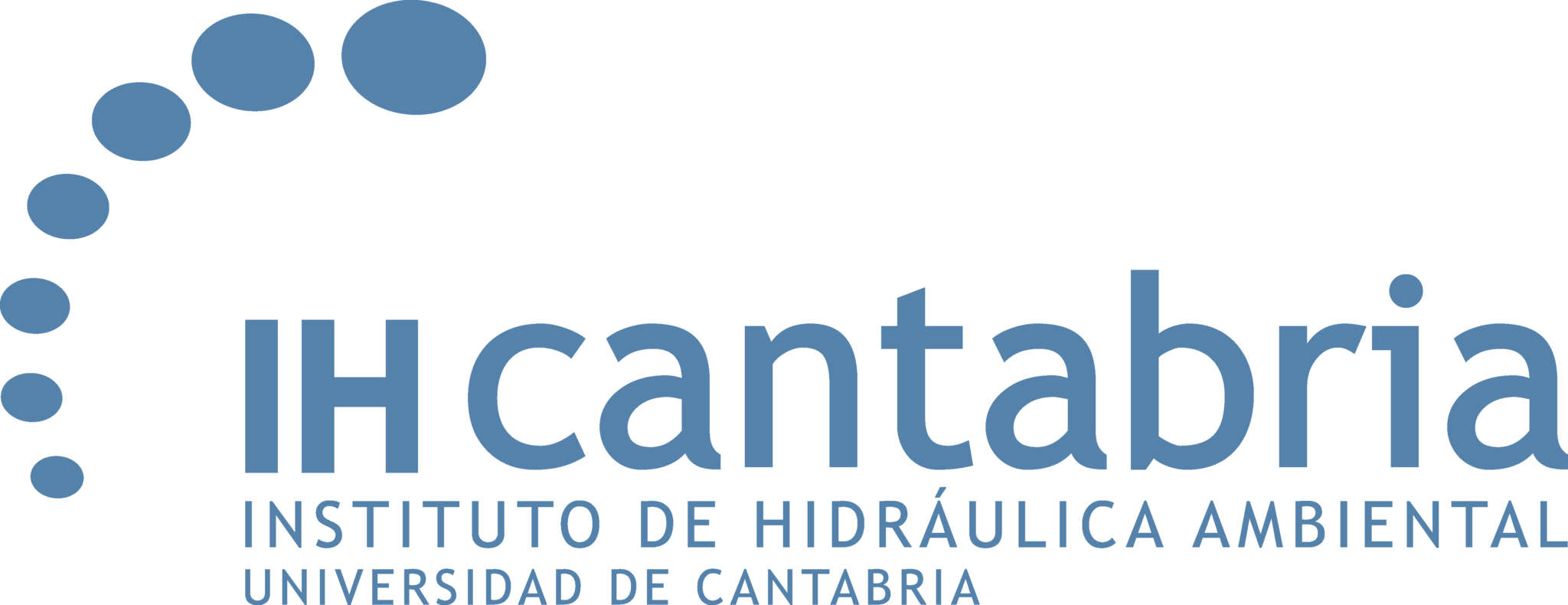IHCantabria develops a new model of coastal zone evolution
IH-LANSloc has been applied to the Sardinero beach, in Santander, in the period 2010-2022, resulting in a daily reanalysis of the evolution of the waterfront.
In an article recently published in the Environmental Modelling & Software journal, researchers from the Environmental Hydraulics Institute of the University of Cantabria (IHCantabria) present a model of coastal zone evolution. It is about IH-LANSloc (the acronym for Long term Anthropized coastlines Simulation tool at the local scale), a model that allows solving the evolution of the waterfront by considering the relevant physical processes at different time scales, assimilating observations and integrating the presence of coastal structures and ecosystems.
The coastal zone is a dynamic environment that responds to forces on multiple time scales, from seconds to centuries. Coastal forcings shape the coast, and, reciprocally, coastal morphology conditions wave propagation and sediment transport. IH-LANSloc models these interactions efficiently thanks to the bidirectional coupling of a wave propagation model, a shoreline evolution model that assimilates observations, and a profile translation model that transforms shoreline changes into changes in waterfront morphology.
The authors of the paper in which this model has been recently presented are Moisés Álvarez-Cuesta, Íñigo Losada and Alexandra Toimil, who consider that IH-LANSloc can contribute to a better understanding and management of the coast. In addition, they highlight that the IH-LANSloc results can be used directly to model inundation, making it a valuable tool for assessing the impacts and risks of climate change on the coast.
IH-LANSloc has been applied to the Sardinero beach in Santander in the period 2010-2022, resulting in a daily reanalysis of the evolution of the waterfront. The model has been calibrated by assimilation of observations of shoreline position extracted from satellite images.
In conclusion, IH-LANSloc represents a breakthrough in the field of coastal modeling because it offers an integrated approach to understanding coastal dynamics and assessing the impact of climate change by allowing erosion and inundation processes to be considered together. Moreover, thanks to its computational efficiency and its ability to model complex coastal environments, it promises to be a valuable tool for coastal managers and researchers worldwide.
The work developed is part of the doctoral thesis of Moisés Álvarez-Cuesta, directed by Alexandra Toimil and Íñigo Losada. In addition, he has been awarded the first Modesto Vigueras 2023 prize, from the Technical Association of Ports and Coasts, the most important recognition, at the state level, for young professionals in Port and Coastal Engineering.
The title and full content of the paper is available through the following link:
A nearshore evolution model for sandy coasts: IH-LANSloc



